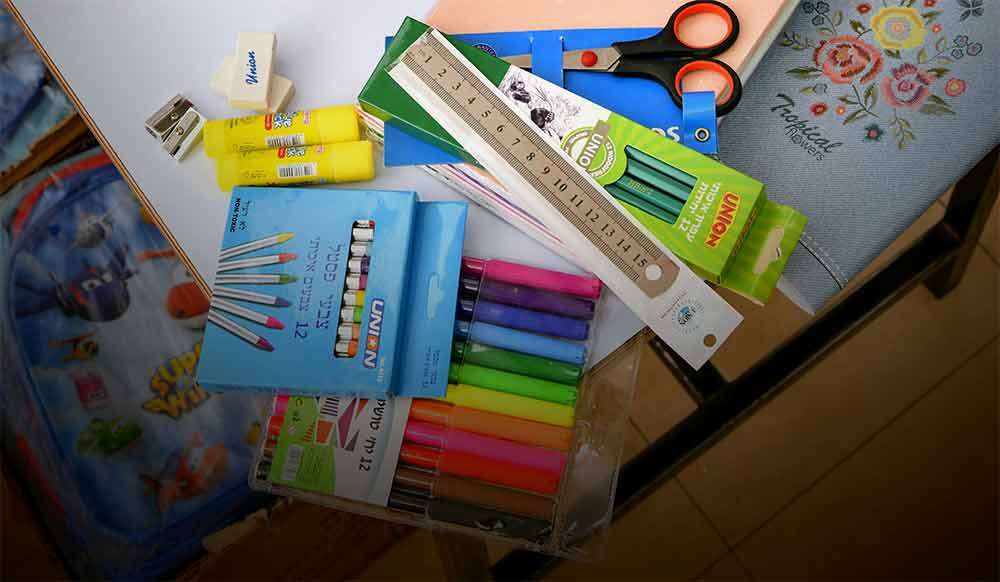Introduction: Why Family Budgeting Matters Today
In today’s economy, many American families are struggling to stretch their paychecks. Grocery prices, utility bills, and childcare costs continue to rise, while incomes often stay the same. According to the U.S. Bureau of Labor Statistics, household expenses in categories like food and housing have increased steadily, making family financial planning more important than ever.
If you’ve ever looked at your bank account at the end of the month and wondered, “Where did all my money go?”, you’re not alone.
This is where family budgeting tips can transform your financial life. Budgeting isn’t about restriction—it’s about freedom. It gives you control, reduces stress, and ensures your money is going toward what really matters: your family’s well-being and long-term security.
Let’s explore practical, realistic, and emotionally supportive family budgeting strategies you can start using today.
Step 1: Assess Your Current Financial Situation
Before you can improve your finances, you need to know exactly where you stand.
How to start:
-
List all income sources. Salaries, side hustles, child support, or rental income.
-
Track monthly expenses. Break them into fixed (rent, insurance, utilities) and variable (groceries, dining out, gas).
-
Spot discretionary spending. Subscriptions, daily coffee runs, or impulse online shopping.
Helpful tools: Mint, YNAB, or even a spreadsheet.
Facing your true numbers might feel uncomfortable, but it’s the first step toward change.
Step 2: Set Realistic Savings Goals
Savings goals give budgeting purpose and motivation.
-
Short-term goals: Build a $1,000 emergency fund, save for a family trip, or pay down a credit card.
-
Long-term goals: College funds, retirement savings, or buying a home.
Example: To save $5,000 for a vacation in two years, set aside about $208 per month. Breaking big goals into smaller steps makes them feel achievable.
For inspiration, check America Saves—a nonprofit helping families set realistic financial goals.
Step 3: Create a Monthly Budget Plan
A monthly budget is your family’s financial roadmap.
How to structure it:
-
List total income.
-
Deduct essentials (housing, groceries, utilities, insurance, transportation).
-
Allocate savings (10–20% is ideal, but start small if needed).
-
Set discretionary limits (entertainment, dining out, shopping).
Many families use the 50/30/20 rule as a guide:
-
50% needs
-
30% wants
-
20% savings/debt repayment
Involve your family so everyone understands the “why” behind the numbers.
Step 4: Cut Everyday Expenses
One of the simplest family budgeting tips is reducing daily spending without feeling deprived.
-
Groceries: Meal plan, use store brands, and check USDA’s Seasonal Produce Guide.
-
Utilities: Switch to LED bulbs, unplug devices, adjust thermostats.
-
Transportation: Carpool, use public transit, or combine errands.
-
Entertainment: Explore free local events and family game nights.
Think of cutting expenses as buying freedom—freedom from debt, and freedom to invest in your family’s future.
Step 5: Use Discounts, Offers, and Cash-Back Rewards
Smart shopping goes hand in hand with budgeting.
-
Digital coupons: Store apps like Target Circle or Kroger offer savings.
-
Cash-back apps: Ibotta, Rakuten, and Fetch Rewards.
-
Loyalty programs: Many grocery stores and retailers provide exclusive discounts.
-
Seasonal sales: Stock up on essentials during holiday and back-to-school sales.
Pro tip: Stack coupons, cashback, and store deals together for maximum savings.
Step 6: Involve the Whole Family
Budgeting works best when everyone participates.
-
Family meetings: Review spending once a month.
-
Teach kids money basics: Encourage allowance jars, needs vs. wants, and saving for toys.
-
Assign roles: One parent tracks expenses while kids help find deals or compare grocery prices.
Celebrating small wins together keeps motivation high.
Step 7: Review and Adjust Regularly
Life changes, and so should your budget.
-
Review monthly expenses.
-
Adjust for raises, job changes, or unexpected costs.
-
Reevaluate goals as debts are paid or kids’ needs shift.
Flexibility prevents frustration—your budget is a living tool, not a restriction.
Step 8: Build Long-Term Financial Habits
Budgeting isn’t a short project—it’s a lifestyle. Families who thrive financially:
-
Automate savings each payday.
-
Use cash envelopes for categories like dining out.
-
Limit credit card debt.
-
Keep learning via resources like Consumer Financial Protection Bureau.
Over time, these habits reduce stress and create resilience.
Conclusion: Budgeting = Freedom
Budgeting isn’t about giving things up—it’s about gaining peace of mind. With clear goals, mindful spending, and teamwork, your family can save more, stress less, and create the financial freedom to live life on your own terms.
Every dollar you save is a step toward security and happiness for your loved ones.
FAQs About Family Budgeting Tips
1. How much should a family save each month?
Aim for 10–20% of income, but even 5% is a great start (CFPB savings guide).
2. How can we involve kids in budgeting?
Give small allowances, encourage saving jars, and discuss money openly in age-appropriate ways.
3. What’s the best budgeting method for families?
Popular methods include the 50/30/20 rule, cash envelope system, and zero-based budgeting.
4. How do we stay motivated?
Set meaningful goals, track progress, and celebrate milestones with low-cost family rewards.
5. How often should we review our budget?
At least once a month, plus quarterly reviews for long-term adjustments.












